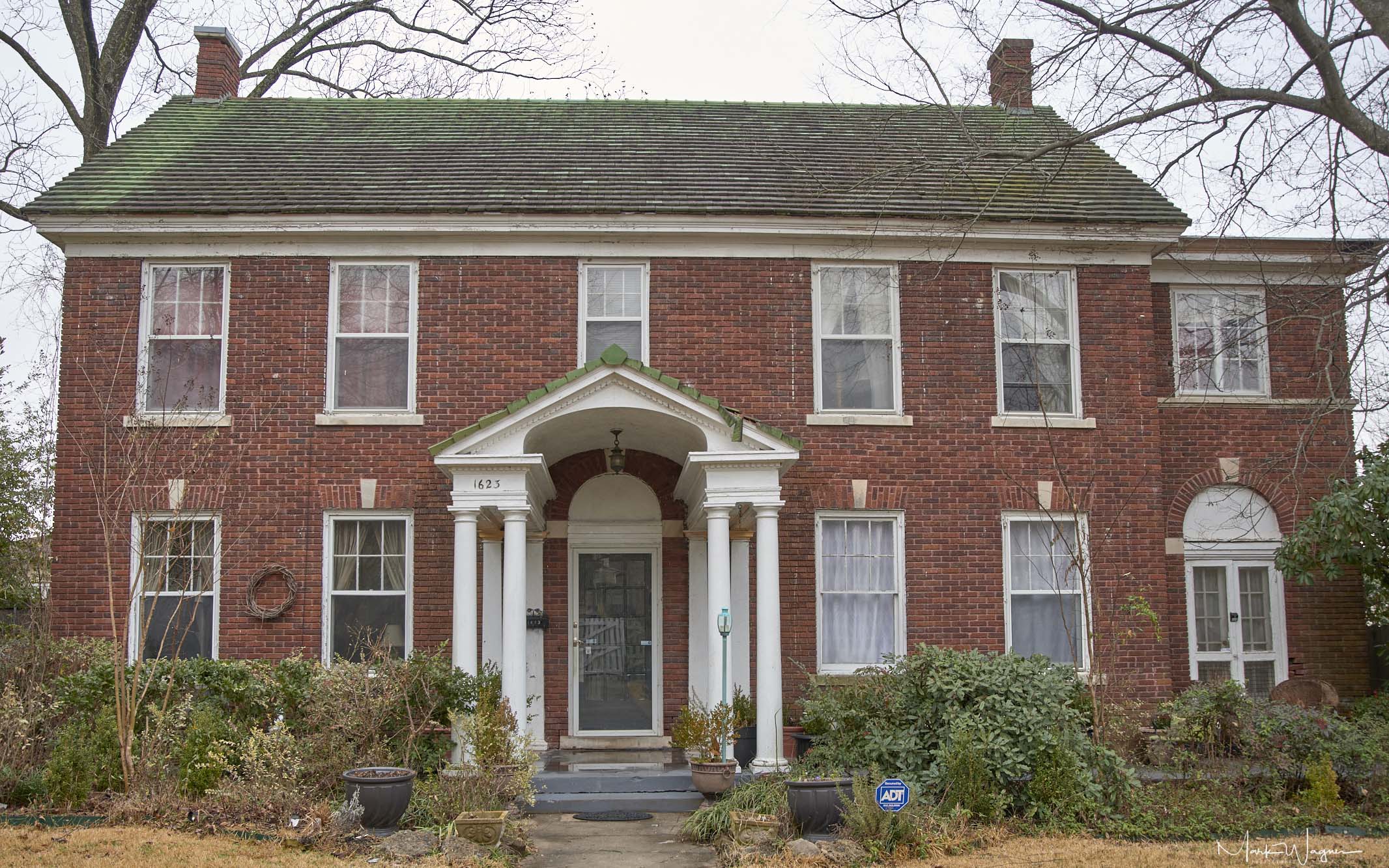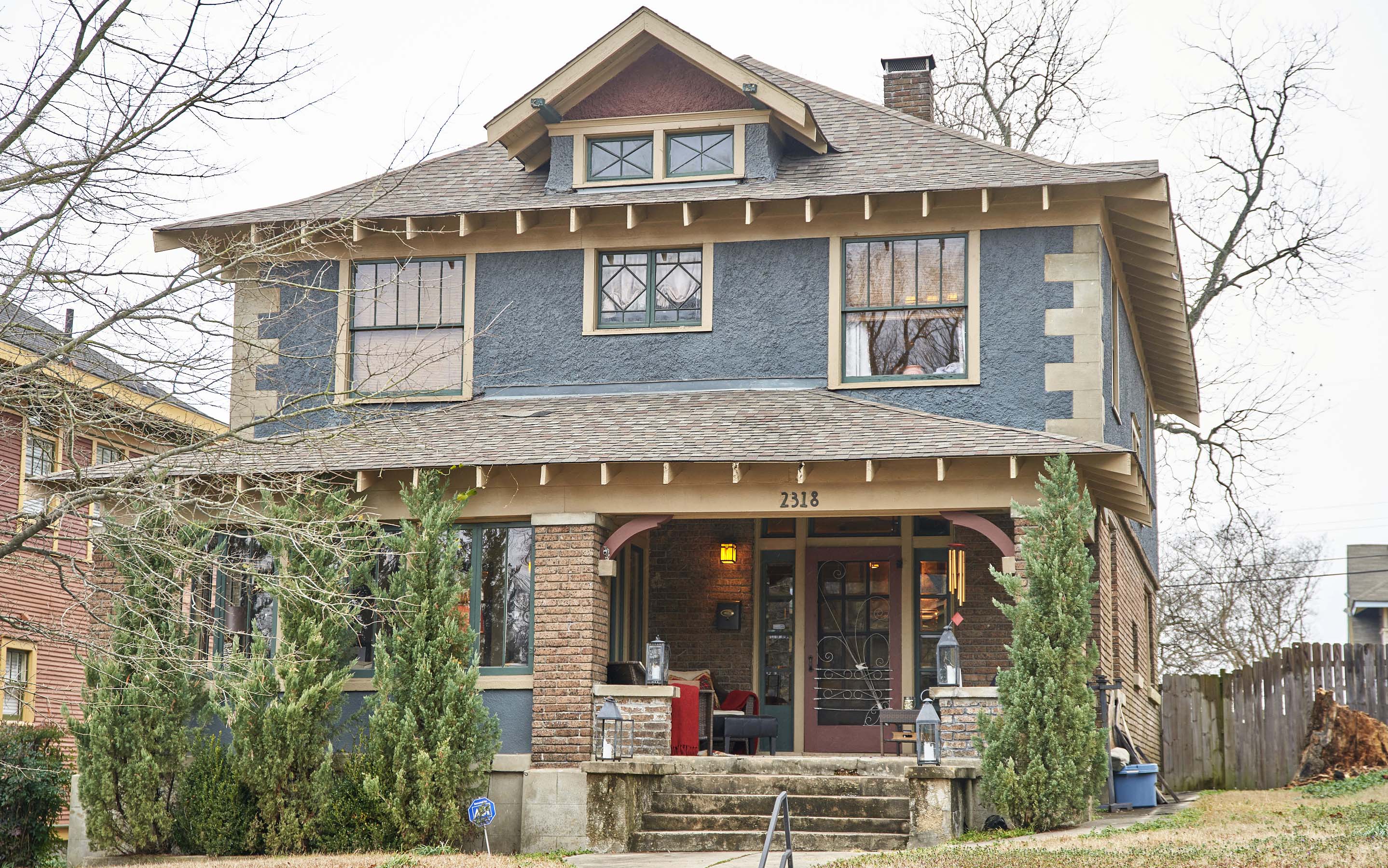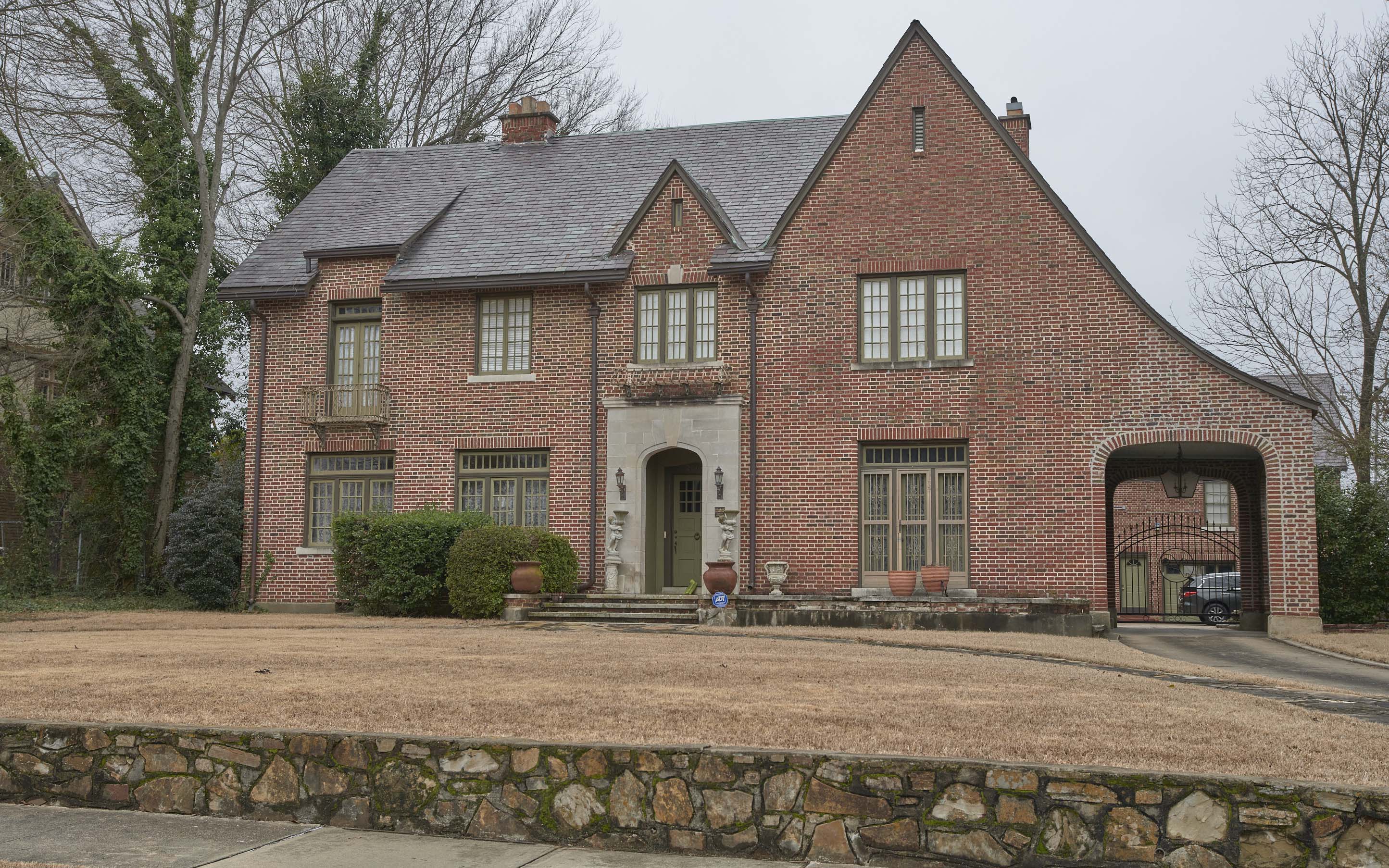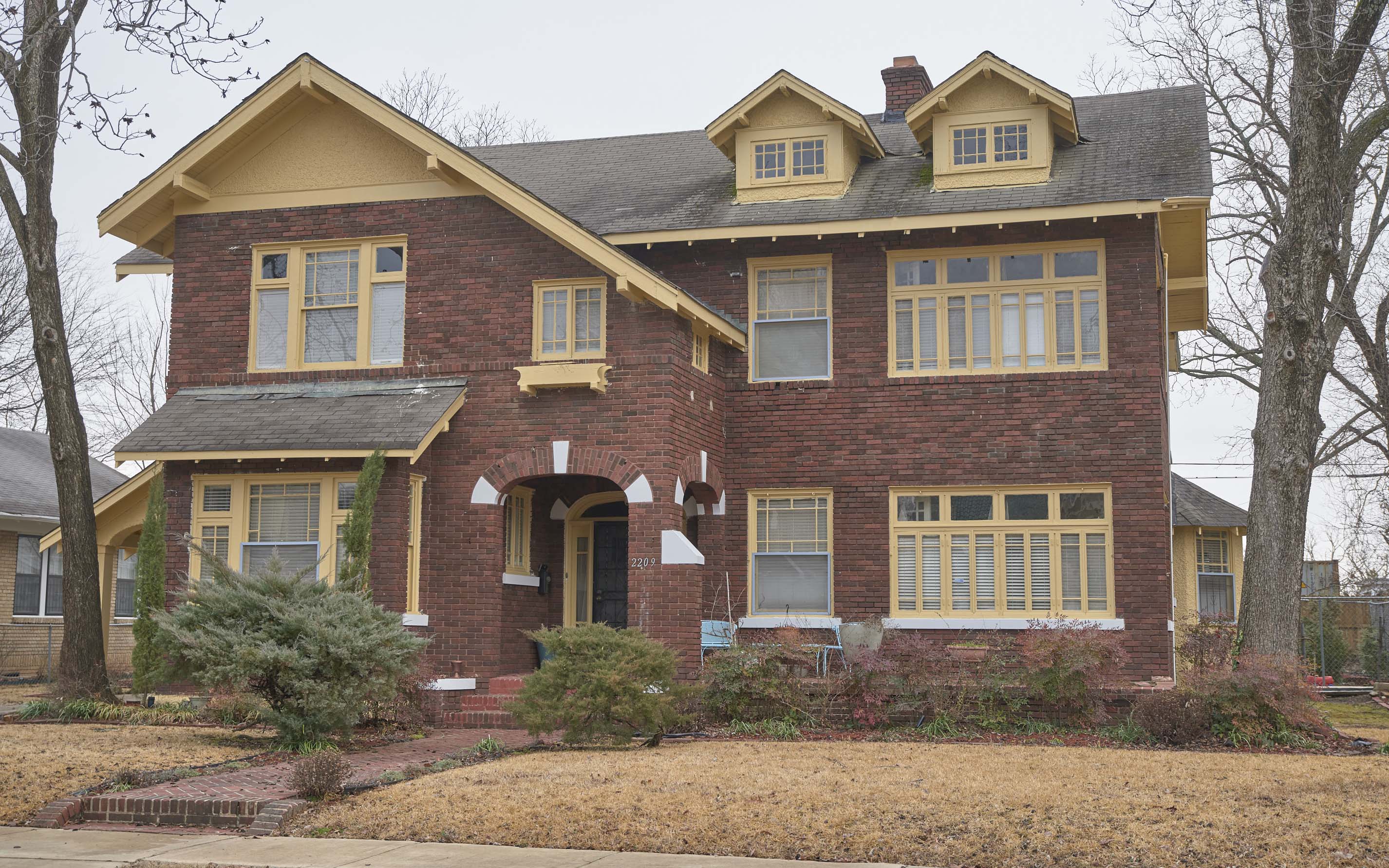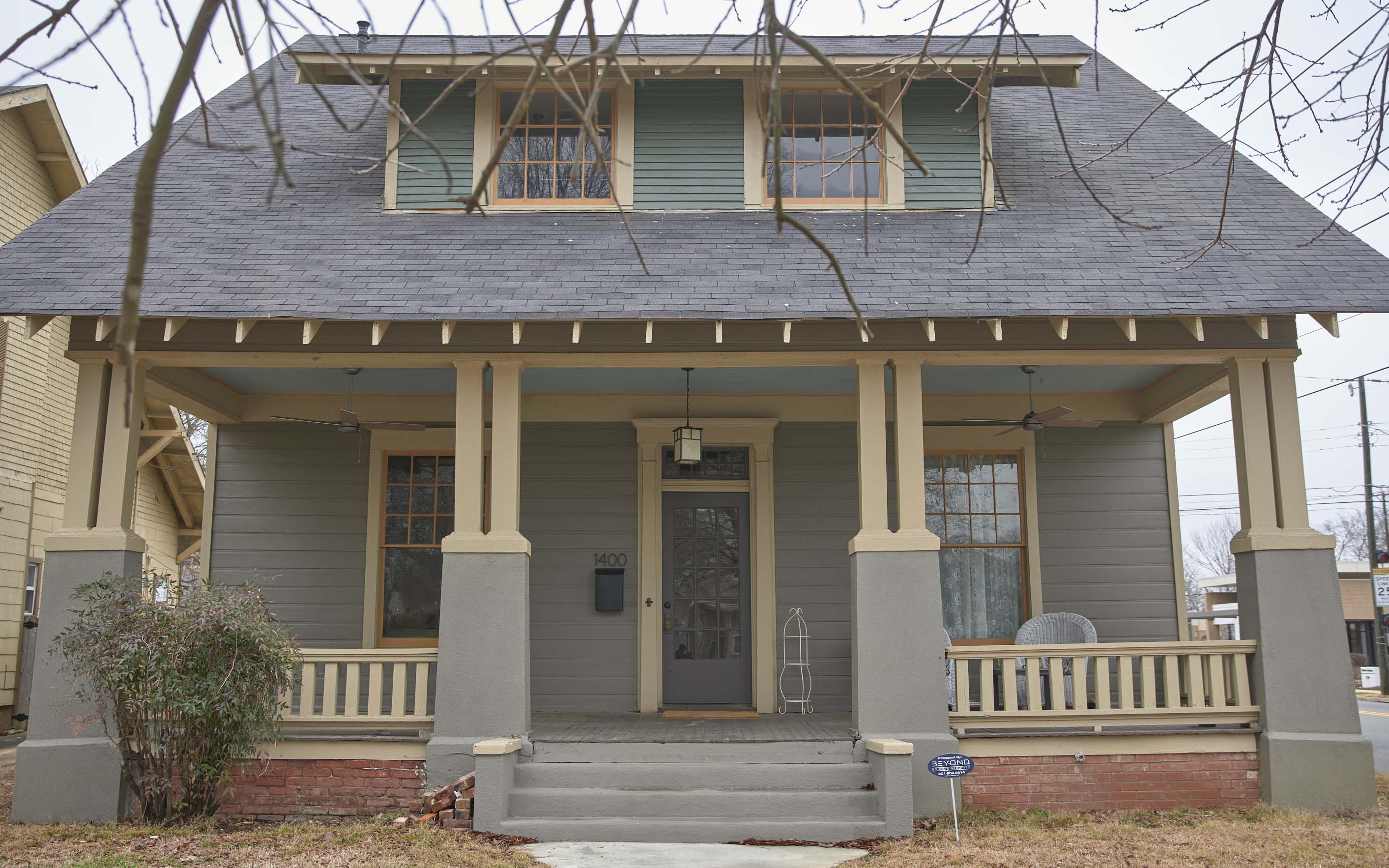Quapaw Quarter Association celebrates 50 years
April 30 - May 6, 2018
Hosts Spring Tour in Central High School Neighborhood Historic District
By Becca Bona
The beauty of a home isn’t determined by any one thing. It’s in the details, the architecture, and the collected stories of those who have lived there.
The Quapaw Quarter Association (QQA) keeps this at the heart of their mission as they strive to preserve Little Rock’s abundant historic places. Every spring, the public can get involved with this mission by participating in the QQA’s Spring Tour of Homes.
This year’s tour will take place within the Central High School Historic Neighborhood. Patricia Blick, QQA executive director, is ecstatic for the event.
“I think people are drawn to historic places. I don’t think they know that they’re making a conscious decision to seek them out, I think they are just drawn to them.”
Blick points to the immense progress surrounding the revitalization of Little Rock’s Main Street. An Army brat with various Arkansas ties, she is impressed by the quick progress.
“Look at how wonderfully well downtown Little Rock has become revitalized in the past eight years I’ve been here […] Main street has transformed in that time.”
The QQA tried unsuccessfully to tour homes in the Central High School Neighborhood Historic District back in 2013. This go-round, however, Blick said there was some help and energy from local neighborhood associations including the Central High Neighborhood Inc. and the Wright Avenue Neighborhood Association, Inc.
“The tour introduces people to areas they haven’t necessarily been, and it will hopefully open their eyes to the possibilities,” says Blick. “Our hope is to see good infill. Central has way too many vacant lots, and although not everyone wants to live in a 1927 bungalow, many don’t know you can build a house on a lot out there that’s a lot less expensive than moving elsewhere.”
In the wake of the 60th anniversary of the Central High Crisis, Blick thought that the choice would be timely.
Whether you’re looking to build a house, or just curious about the history involving the many houses on the tour, stepping inside these chosen homes is a treat for architecture lovers, history nerds, and those with the slightest love of curiosities and design.
Inside the tour
Getting the event off the ground is no easy feat.
After the QQA was able to secure the help of the two neighborhood associations within the Central High Historic District, three chairs were chosen to head up the search for willing homeowners, explains Blick.
“They put together a wish list,” she says, “They focused on having a diversity of styles as well as a diversity of ownership, to reflect the neighborhood.”
Anywhere from 1500 to 2500 people will tour the homes during the event, making the request a large one of a participating homeowner. Luckily, Blick says, the chairs were able to find a smattering of houses that fit the bill.
“It has been great coordinating with both of the neighborhood associations, and working with the homeowners,” says Blick. “The timing just seemed right – there was a lot of good activity going on.”
The tour explores six featured homes on Schiller, Summit, and Battery Streets. The Central High Neighborhood was originally called the West End, as it was historically at the Western Edge of Little Rock. Significant construction didn’t really take off in the area until 1890, and the tour exhibits one of these early, historic structures.
Most homes were built in the area between 1900 and 1930. The West End was a comfortable, middle-class neighborhood, with the cost of homes ranging from $2,000 or less for a modest, wood-frame house to between $5 and $7,000 for a two-story home on Summit, Marshall, Wolfe, or Battery streets.
Among the list of show stopping abodes include the Maxwell F. Mayer House located on 2016 S. Battery (c. 1922-25), the Martin A. Sharp House on 1422 South Summit (the oldest on the tour, constructed in 1890), and the Frederick A. Garrett House on 1400 S. Schiller (constructed in 1910); among others.
The Maxwell F. Mayer house on 2016 S. Battery was placed on the national register in 1994. The history can be slightly confusing, as Blick clarifies, “The thing that is funny – Maxwell Mayer refers to the guy that had the house built and lived there, so the architect did not live in this house. At first I thought it was his house because they have similar names.”
Mayer the architect had an impact on local architecture, as Blick adds, “Max Mayer was a well-known architect in Little Rock. He has designed some quite amazing houses throughout Little Rock and they’re located all over.”
The two-and-a-half story residence was designed in the Tudor Revival style and features include a massive limestone-surrounded entrance, multiple casement windows, and an arched porte cochere.
Inside, there is a tiled fireplace, an original staircase, and built-in cabinets with arched, leaded-glass doors. Notably, when nominated to the register, the residence was basically unaltered.
Those who venture on the tour will have a chance to hear about the tiny details that make this structure special, as well as those who have called the place home over the years.
The Spring Tour of Homes takes place May 12 and May 13, and includes a full-line-up of events. On Saturday May 12, there is an afternoon tour from 1 to 4 p.m. There is also a Candlelight Tour from 5 to 7 p.m. followed by a dinner at 7:30 p.m. at Philander Smith College.
On Sunday morning there will be a Mother’s Day brunch from 11 a.m. to 1 p.m. at Curran hall. Tickets include entrance to the afternoon tour from 1 to 5 p.m.
Tickets for the afternoon tours are $20 in advance, $30 on site. Children 10 and under are free, and high heels are discouraged from the tour homes.
Events marked by a meal tend to fill up and sell out, so make your reservations and buy your tickets at quapaw.com/spring_tour.
Beyond the Spring Tour
Beyond the tour of homes, the QQA works advocacy for historic properties as well as provides programming open to members and the public, as well.
“Our bread and butter is advocacy,” explains Blick, “The money that we raise putting on the tour and through our membership supports our work to hopefully preserve those resources of greater Little Rock.”
That includes anything in Little Rock or North Little Rock. For instance, if there was the chance that a historic building in a neighborhood within these boundaries was going to get bulldozed, Blick says she and the QQA are available to help.
Currently, at the top of the agenda is the widening of I-30.
“We’re really worried about the impact that it might have to these areas that are just becoming revitalized,” says Blick. “Is it going to have indirect negative effects and we’re worried about that. We have been advocating with our state and local legislatures.”
Advocacy extends into promotion, as well. Blick and other QQA members see a future for historic structures when it comes to revitalization.
“We promote tax credits that are available for these private properties,” she says, “you can get some help because it’s not necessarily easy working with these properties.”
Look for other events to take place this year to mark notable anniversaries.
“This is our 50th anniversary year,” says Blick, “The QQA was incorporated in 1968, so I was looking for other milestone events to showcase.”
The QQA manages Curran Hall (c. in 1852), located on 615 East Capitol Avenue. The structure is the only Antebellum property that is open to the public, as it serves as the official Little Rock Visitor Information Center as well as the Mayor’s Reception Hall. If you haven’t yet, stop by and say hello.
PHOTO CAPTION:
The Quapaw Quarter Association presents their 54th Annual Spring Tour of Homes on May 12–13. Gear up for the event and preview some of the featured abodes in the historic neighborhood as well as learn more about the QQA’s mission. (All photos by Mark Wagner)



